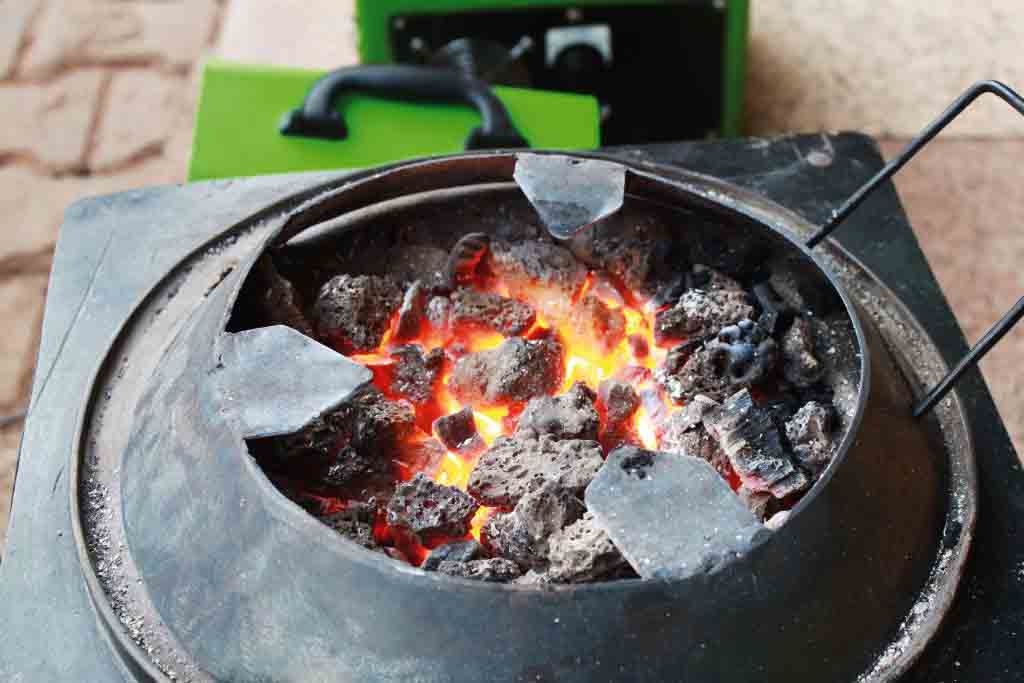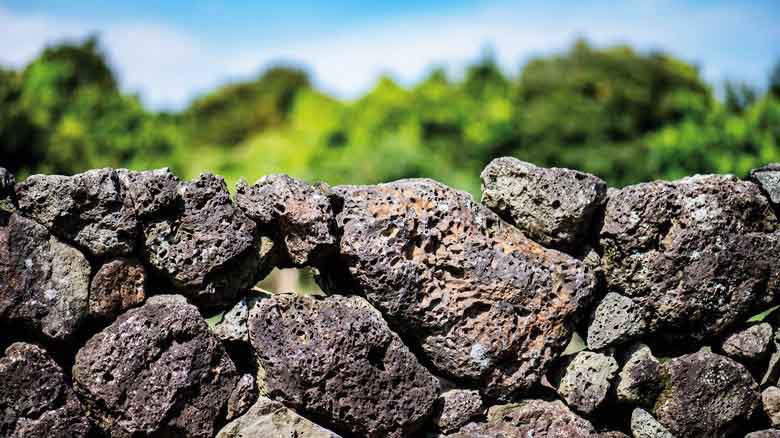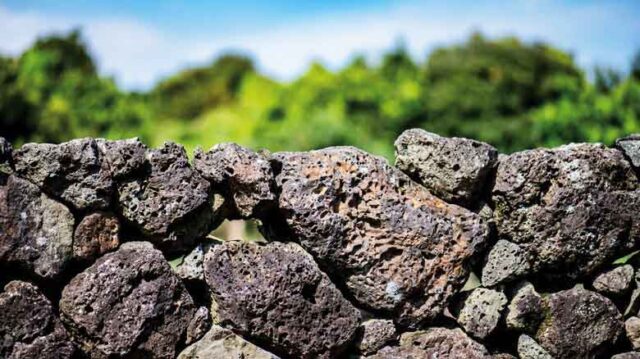By Agnes Kasemiire
Uganda has long struggled to protect its forests amidst population explosion that fuels demand for plant-based energy sources perceived as cheap, especially charcoal and timber.
According to a 2018 report by the UN Food and Agriculture Organization (FAO), reliance on charcoal and firewood is highest in Africa and Asia, with some African cities almost entirely dependent on charcoal for cooking.
In an effort to conserve the environment, Uganda’s President Yoweri Museveni recently issued an executive order banning commercial production of charcoal in the country, disrupting a trade that has fed and continues to feed millions of Ugandans.
Consequently, the ban has created high demand for charcoal, hence a spike in charcoal prices with a bag now costing Shs160,000.
Volcanic stones
If you are grappling with the high cost of charcoal, worry not. You can embrace volcanic stones for clean cooking.
The stones are a result of volcanic eruptions that occurred thousands of years ago around volcanic mountains such as Mt Moroto, Muhabura (Muhavura) and Elgon.
Case of Mt Muhabura
It is not by mistake that heaps of volcanic stones both in solid and crushed form are a common sight in homesteads around Kisoro communities and town.
Rose Twine, the proprietor of Eco Stoves, says volcanic stones burn more efficiently than charcoal and firewood.
The stones have the ability to burn for more than two years on average. Additionally, the volcanic stones are clean, they collect less residue, do not emit smoke and produces fewer flare-ups compared to traditional charcoal and firewood.
Ecological experts assert that the use of volcanic stones can reduce tree cutting in Uganda by 90 per cent.

Lighting the stones
Betty Namala, a regular user in Wandegeya market says you can use charcoal durst to light the volcanic stones. After lighting the stones, quickly disperse the heat to the interior of the grill.
“They retain heat very well and give food an amazing smoky flavour,” Namala notes.
Worth noting, the stones are cost-effective as opposed to using charcoal. Their uniform size ensures even heat distribution for better cooking performance.
For example, Namala estimates that she would spend close to Shs1.2 million on charcoal every year before discovering the stones.
Amazingly, she says with volcanic stones, her costs has reduced by a quarter. She buys the stones from traders in Kisoro district.
Namala says the volcanic stones work effectively in energy-cooking stoves.
In construction
Volcanic stones have for long been used as coarse aggregate where they are crushed into tiny pieces and mixed with sand and cement to form concrete which is used for foundations.
Currently, in the Kigezi region, particularly in Kisoro district, volcanic stones are used to construct and enhance walls and roofs. They are also used as perimeter walls or to demarcate gardens.
Engineer Aloysius Semahoro who works with Kisoro municipal council, says volcanic stones are of two types; the pumice which is rather perforated and has a sponge-like texture, and the solid black type.
“The pumice; sponge texture like stones were formed as the air got trapped in the magma flowing from the erupting mountains forming spaces. The areas of magma where air was not trapped in, dried and formed the solid black rocks,” Semahoro explains.
He further notes that in situations where one cannot access bricks, the pumice stones provide ideal construction materials, good for masonry walls for super structure (structure above the ground).
“Instead of using bricks, one can use the stones and hold them together using motor (soil mixed with water) which has high plasticity to make good stone masonry work,” Semahoro explains, adding that one can still plaster the walls using sand and cement.

Wall, roof decoration
Engineer James Karamira who works with Kisoro local government says pumice stones make very fascinating structures and the walls and roofs are enhanced; decorated using the stones are unique, the reason why they are preferred as a construction material for hotels where they expect to have tourists.
Karamira says for external cladding on walls and roofing, the stones are ideal decorating material because they are light. So, they will not make the structure heavy or sink.
He explains that when decorating, all a craftsman needs is to trim and shape the stones using a grinder or a cutting disc into desired design, shape and size.
He says since the purpose is to decorate or provide a perfect finish, the stones are fixed on the already-constructed wall using a wet motor.
Semahoro also says to decorate the roof, you first place the iron sheets or a hard polythene sheet and then later place the stones to provide finishing.
He discourages roofing using only the stones saying since they are perforated, rain can easily pass through.
Stones are a cheap construction material and are readily available compared to roofing tiles.
Cost of the stones
Karamira says a truck of 4 to 5 cubic meters of the solid stones cost around Shs50,000 without transportation costs.
Where as a truck of 4.5 to 5 cubic meters costs about Shs200,000 including buying and transportation in Kisoro town.
The cost of transport vary depending on the distance.






















